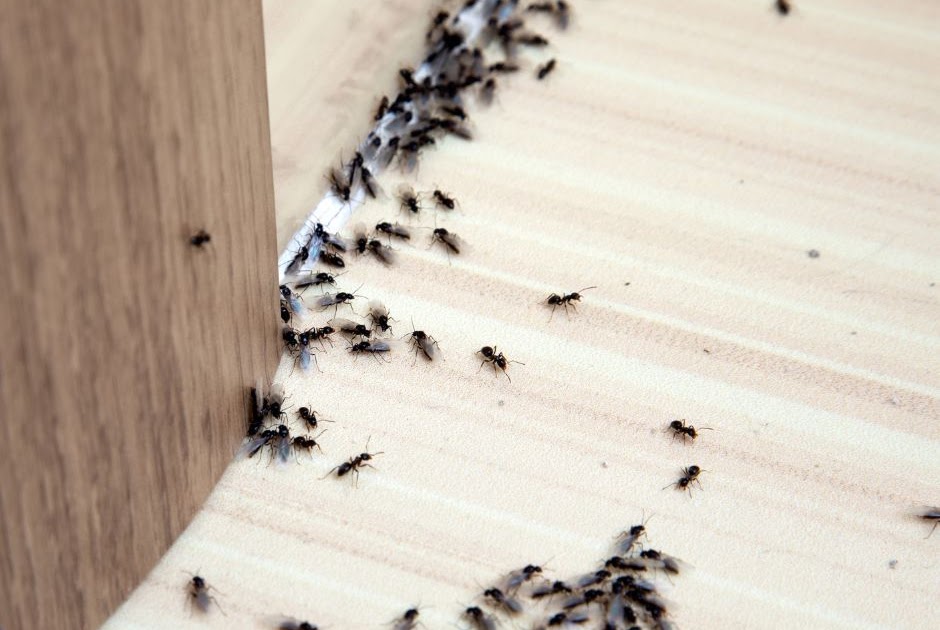By Dr Renita D’SouzaPaneer dodi (Withania coagulans) is the medicinal herb extensively used to lower the blood sugar level by promoting the secretion of insulin from pancreatic β cells. It is Sanskrit this plant is termed as Rishyagandha. Traditionally the fruits and leaves of this plant was used in the coagulation of milk to make Indian cheese, thus it is also known by the name ‘Indian cheese maker’ or ‘vegetable rennet’. This plant is also beneficial in nervous exhaustion, insomnia, wasting diseases, liver problems, asthma, biliousness and impotence. Seeds are used to treat lumbago, ophthalamia and helps to relieve inflammation of piles.Read – Ashwagandha Withania somnifera Uses, Dose, Side Effects, Research
Introduction
Botanical Name – Withania coagulansSynonymsFamily – Solanaceae
Botanical Description
Withania coagulans Dunal is a rigid, grey-whitish small shrub growing up to 60-120 cm in height. The leaves are lanceolate oblong, sometimes ovate, obtuse, narrow at the base with very short stalk. Flowers are yellowish and arranged in axillary cymose clusters. Fruits are red berries, smooth and enclosed in leathery calyx. Seeds are dark brown in color, ear shaped, glabrous with sharp fruity smell.
Distribution
Withania coagulans is distributed in East of the Mediterranean region extending to South Asia. It is found in many parts of Pakistan and India. In India, it occurs in Punjab, Rajasthan, Simla, Kumaun and Garhwal.Read – Jeevaka (Microstylis wallichii) Uses, Medicinal Qualities, Remedies, Research
Part Used
Fruits, Flowers, Leaves, Seeds
Pharmacological Activities
Withania coagulans possess Anti-inflammatory, Antitumor, Hepatoprotective, Anti-Hyperglycaemic, Cardiovascular, Immuno-suppressive, Free Radical Scavenging, Central Nervous System Depressant, Diuretic, Anti-Bacterial, Anti-Fungal, Cardio-Protective, Anti-Oxidative, And Anti-MutagenicThe fruits of this plant possess sedative, emetic, alterative and diuretic properties.Read – Meda (Polygonatum verticillatum) Uses, Qualities, Remedies, Research
Therapeutic Uses
Withania coagulans fruits are used to control blood sugar.Ripe fruitsCan be used in –Shotha – used in inflammation due to its anti-inflammatory ad diuretic propertyAnidra – Ripe fruits acts as sedative and CNS depressant, thus can be used in insomniaShwasa – Due to its antiasthmatic action, it can be used in asthma.Dry fruits Can be used in –Mandaagni, Aruchi – Used in low digestive capacity, tastelessness and flatulence due to its carminative property.LeavesUsed in fever and helps to restore normal healthSeedsWithania coagulans seeds can be used to treat inflammation, swelling and it also helps to stimulate menstrual flow.(Reference – Indian Medicinal Plants)Read – How Turmeric Helps in Diabetes Treatment: 7 Ways
Controversy
In the market, fruits of c and Withania somnifera are sold without any distinction. Ashwagandhaa in Bengali and Ashwagandhi in Kannada are confusing synonyms of Withania coagulans.
Remedies
The fruit of these plants are soaked in water overnight, this water is consumed for empty stomach in the morning. This remedy is believed to control the blood sugar level. This extract has bitter taste and strong odour. Its flowers are also used to treat diabetes.
The twigs of this plant are chewed for cleaning teeth.
In toothache, the whole plant is burnt and smoke is inhaled.
The fruit is applied on wound.Read – Indian mulberry (Noni), Uses, Research, Remedies, Side Effects
Chemical Constituents
Withania coagulans contains phytochemicals such as alkaloids, steroids, phenolic compounds, tannins, saponins, carbohydrates, proteins, amino acids and organic acids. Variety of withanolides (steroidal lactones) such as coagulin F [27-hydroxy-14,20-epoxy-1-oxo-(22R)-witha-3,5,24-trienolide], coagulin G [17beta,27-dihydroxy-14,20-epoxy-1-oxo -(22R)- with a -2,5, 24-trienolide], coagulanolide (17S,20S,22R) -[14alpha,15alpha,17beta, 20beta -tetrahydroxy-1-oxowitha -2,5,24-trienolide], 20beta -hydroxy-1-oxo-(22R)-witha-2,5,24-trienolide and withacoagulin.
Research
Antidiabetic Activity – The research study done on “The Aqueous Extract Of Withania coagulans Fruit Partially Reverses Nicotinamide/Streptozotocin-Induced Diabetes Mellitus In Rats” have proved that the aqueous extract of Withania coagulans fruit has significant antihyperglycemic effects.Anticancer Activity – A research study conducted to evaluate in vitro cytotoxicity of methanolic extract of Withania coagulans fruits against human breast cancer cell line MDA-MB-231 and normal kidney epithelial cell line Vero in the range 20–200 μg/ml have showed significant anticancer activity against MDA-MB-231 cell line.
Classical Categorization
Charaka Samhitha – Brhmaneeya dashemani (Sutrasthaana 4th chapter), Madhura Skandha (Vimaana sthaana 8/139)
Sanskrit Verses
Scientific Classification
Kingdom – PlantaeDivision – MagnoliophytaClass – MagnolipsidaOrder – SolanalesFamily – SolanaceaeGenus – WithaniaSpecies – W. coagulanRead – Kakoli (Roscoea purpurea) Uses, Medicinal Qualities, Remedies, Research
Vernacular Names
English Name – Indian Rennet, Vegetable rennet, Indian cheese makerSanskrit Name – RishyagandhaHindi Name – Paneer dodi, Puni-ke-bij, Akri, Binputakah, PunirPunjabi Name – Khamjira, Kharmjaria, Khumazare, Kutilana, Makhazura, Panir, Shapiang, SpinbajiaTamil Name – AmukkraTelugu Name – PennerugaddaBengali Name – AshvagandhaKannada Name – AshwvagandhiSindhi Name – Punirband, Punir-ja-fotaPersian Name – Tukhme-kaknaje-hindiAfghan Name – SpiubajjaArabic Name – Javzuhnizaja, KaknajehindiUrdu Name – KakanajClick to Consult Dr Renita D’Souza


